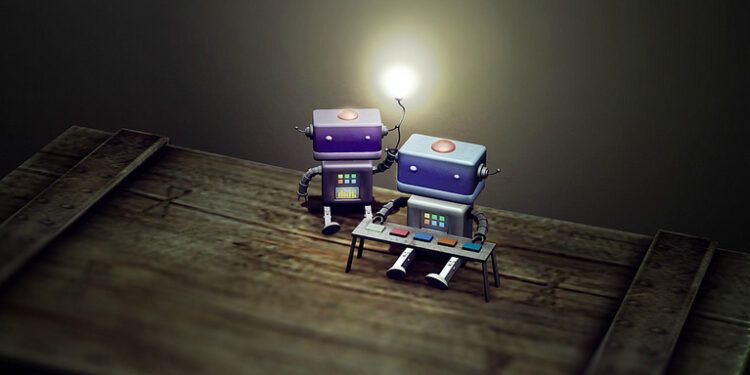They develop an algorithm that mimics the tasks of a teacher teaching and advising students to solve problems. Practical applications range from inter-learning to teaching people.
According to experts in artificial intelligence there is not much left for us to reach the technological uniqueness. According to Ray Kurzweil, the world’s leading expert on the subject, this critical point in human evolution will occur before the year 2030. Although it may seem that we are far from achieving this goal, according to Kurzweil as our knowledge in the field of artificial intelligence increases, advances will be faster and faster. There will come a time when this growth will be exponential, which will make in a very short time we reach the famous singularity.
We are currently witnessing how advances in artificial intelligence have been multiplying in recent years. Rare is the week that there is no news more or less related to the ability of computers to solve problems that sooner rather than later will lead us to this technological singularity.
One of these advances is the work published on March 13 in the online journal Connection Science by Matthew E. Tylor, a researcher at the School of Electrical Engineering and Computer Science at Washington State University. Together with other collaborators has developed a artificial intelligence engine that allows one computer to teach another play Pac-man and Starcraft.
In particular, what they have developed is a method that allows a computer advise and teach certain skills to another similar to the way a teacher and student interact in real life. The agents, the name given to computers, act as true pairs of teacher and student. In fact, in the tests carried out, the student even surpassed the teacher thanks to the teachings transmitted by the second.
The ability to teach and learn is a fundamental step in the field of artificial intelligence. With similar goals to the RoboEarth project in Europe, if robots are able to learn from each other, we could save millions of hours of programming adding up the time spent programming each unit in its area of action. In the near future, this ability would be very comfortable when we acquired a new robot for our home. This i would learn from the other robots already installed to know the work to be done, schedules, sharing tasks with other robots…
But in addition, another goal in the minds of researchers is get computers to teach humans. To do this, it is necessary that the robot knows at what time it has to give advice to the student, without being annoying or repetitive. Conversely, if a teacher does not give advice to the student or explain how to solve problems, he is not teaching. That is why finding the right measure is important. An interesting application of this ability to teach people could be aimed at massive online training platforms, also known as MOOCs.
Nebraska Oddfish-Clubes









